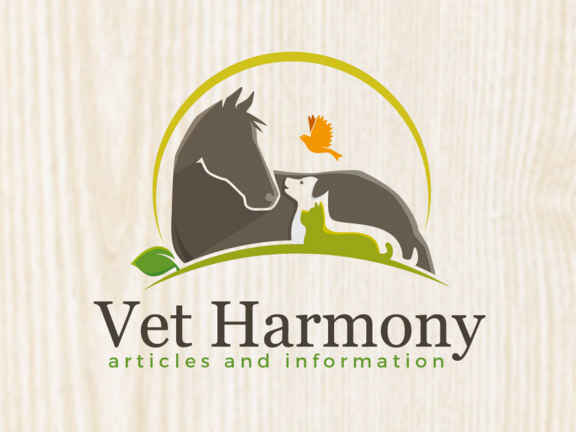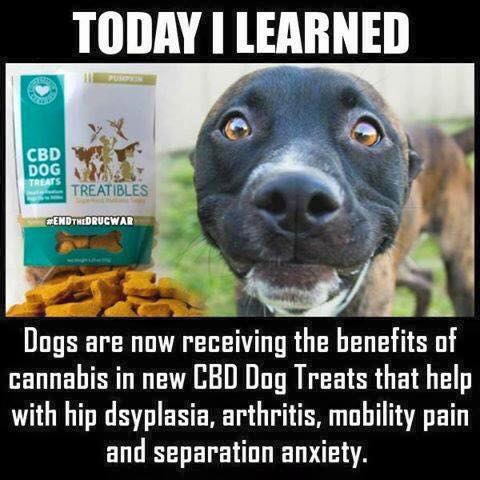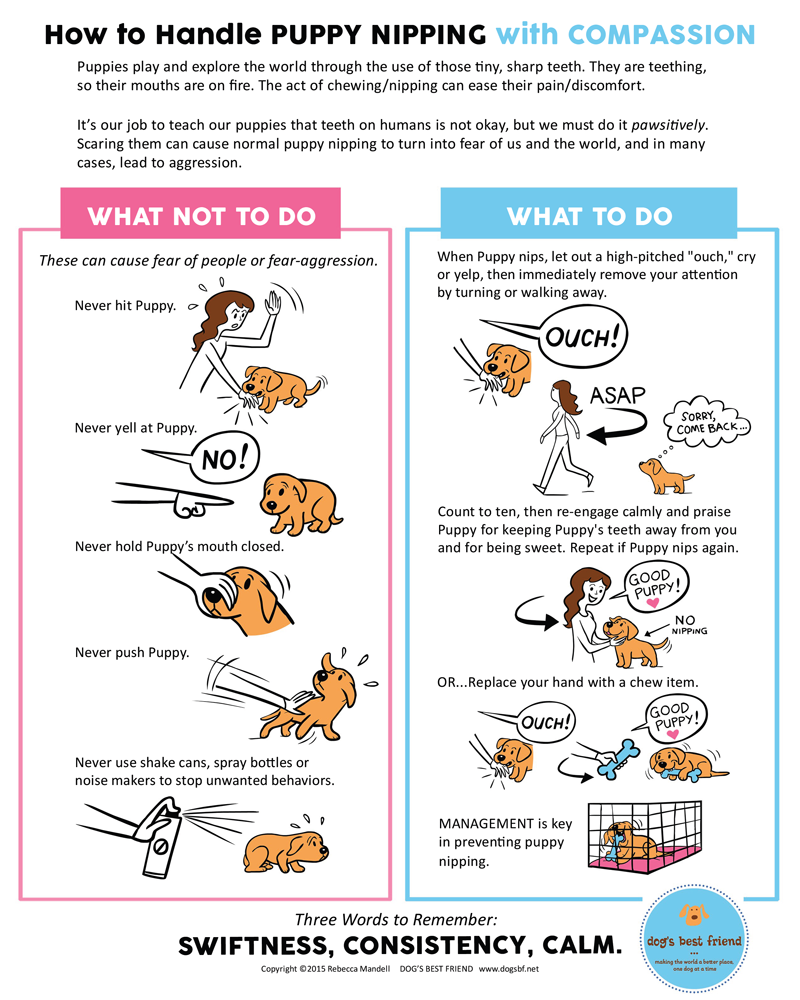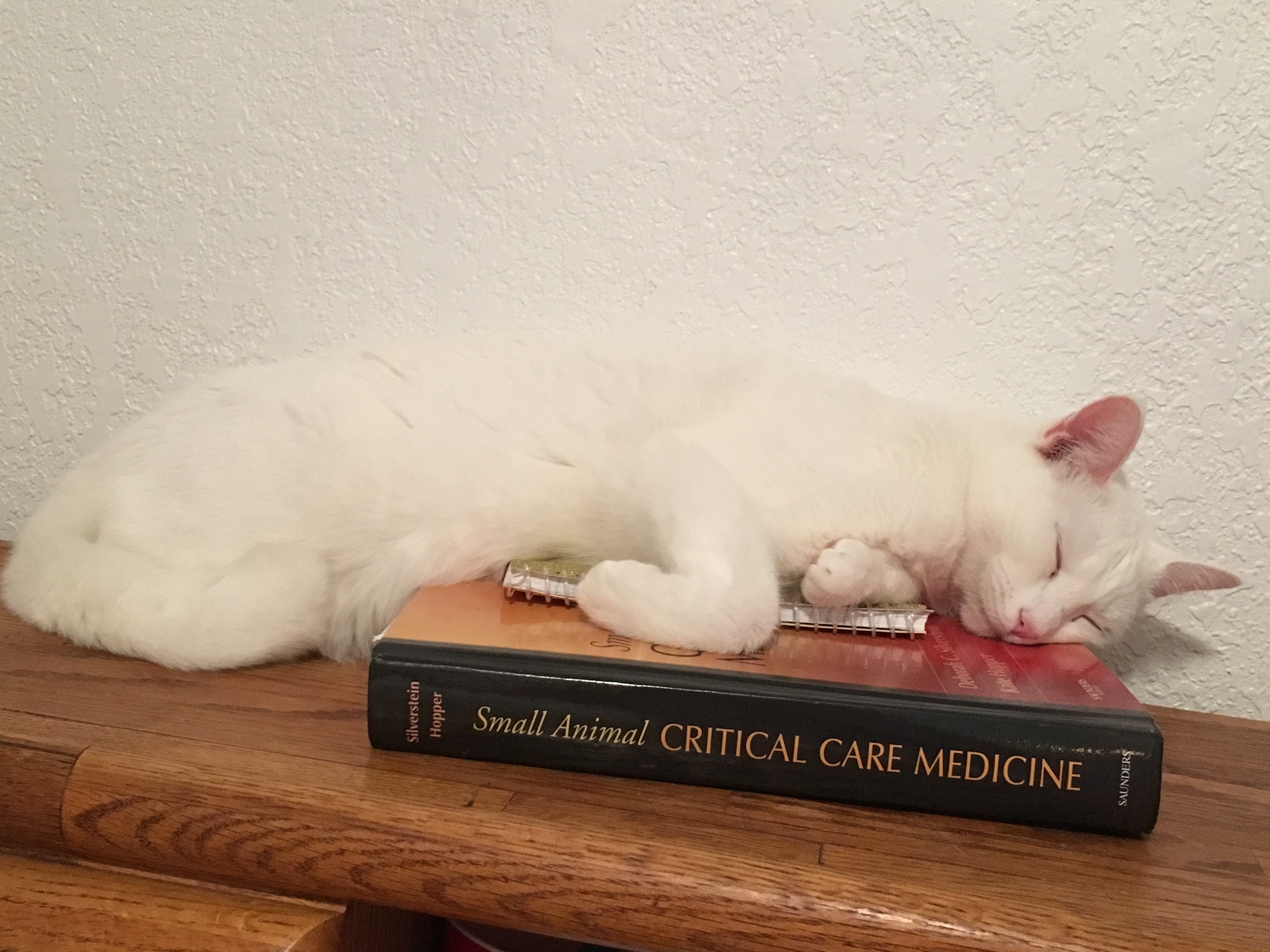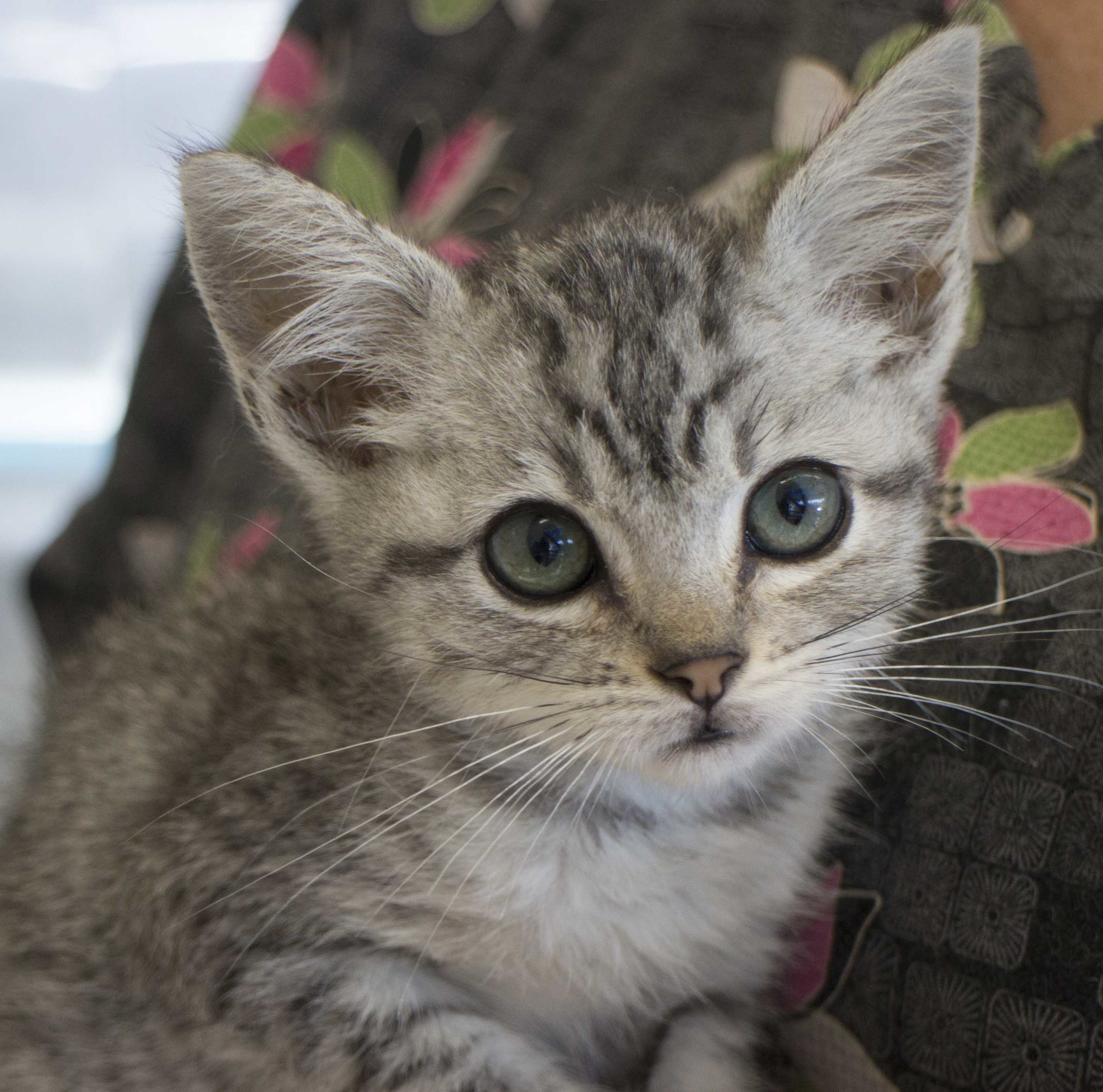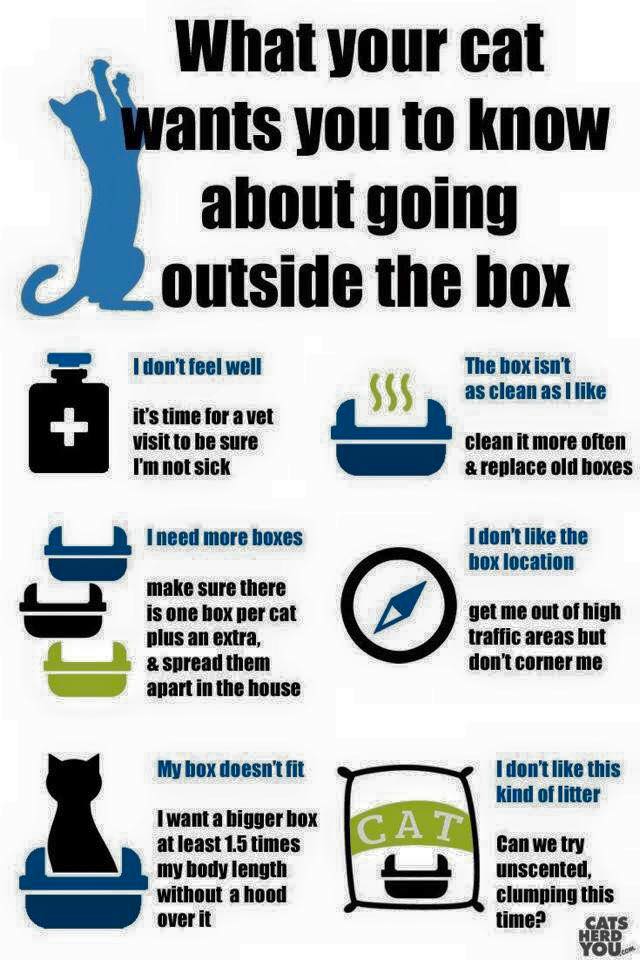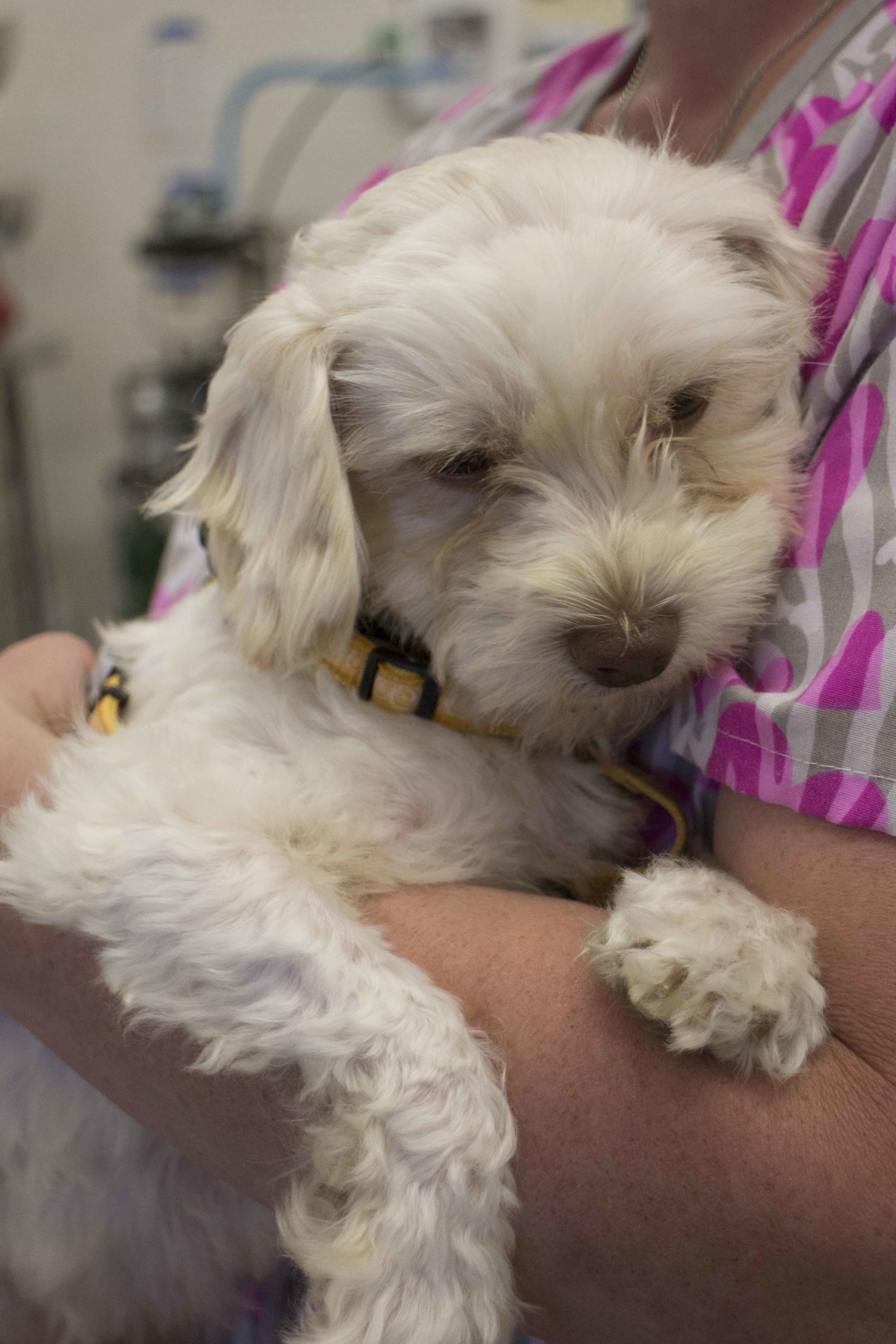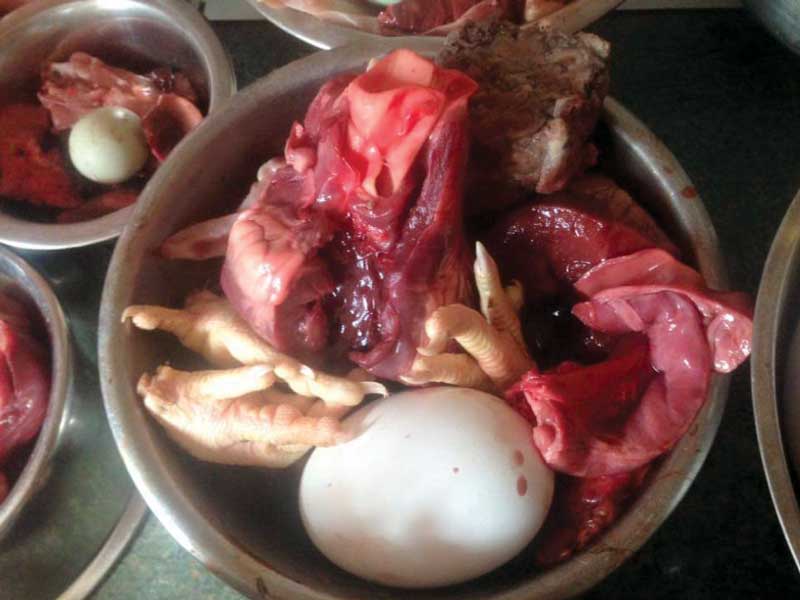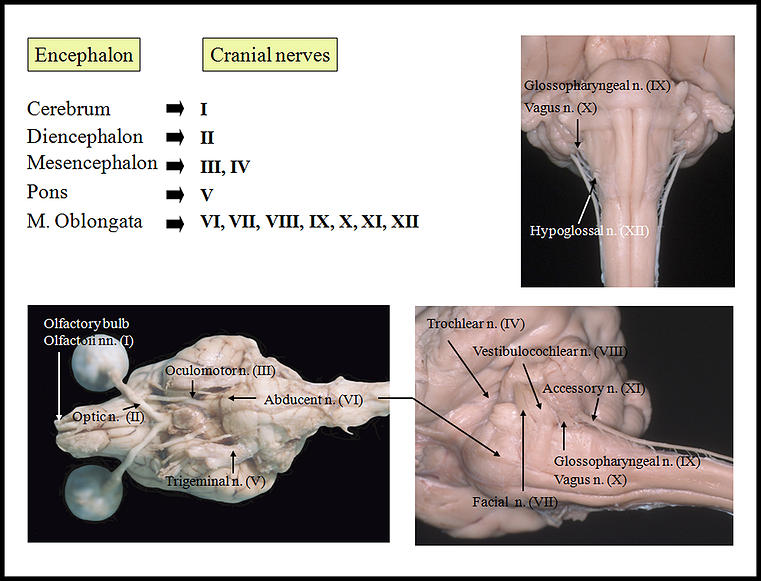I have been a paying member of the AVMA since 2012. Which is why I was very disappointed that the AVMA has not given me the courtesy of a response to this letter sent to them on June 6th, 2020. I emailed them again on June 13th and have not received a response.
This letter was written after the horrific practice of ventilation shutdown, where pigs were exterminated slowly via hyperthermia and suffocation, was brought to light by whistleblowers. We as veterinarians need to join together to protect any more animals from suffering the same fate.
If you are a veterinarian, I encourage you to send this letter to your AVMA representatives and encourage them to take action condemning this practice.
——————————————
As veterinarians, we dedicate our lives to the benefit of science and animals. The recognition of pain and suffering experienced by animals is one of the key guiding principles of our practice. We take pride in advocating for those in our care, recognizing that our profession sets the standard for how the most vulnerable of us should be treated. We also believe the American Veterinary Medical Association (AVMA) has a duty to represent the views of and protect the reputation of all who belong to this noble profession.
For these reasons many veterinarians were outraged when the practice of killing large numbers of pigs by ventilation shutdown (VSD) became an international news story. Due to COVID outbreaks within swine processing facilities, there are more animals in the system than can be slaughtered and processed, therefore Iowa Select Farms deemed that these animals needed to be killed via another method. The corporation’s method of depopulation involves placing pigs in a large barn, sealing off the ventilation system, and pumping in steam to elevate temperatures—causing those inside to experience hyperthermia, suffocation and suffer for hours before dying due to overwhelming heat. After the steam clears, workers must walk through the piles of dying pigs, shooting those still exhibiting visible signs of life. Because no one is able to perform a thorough exam, many pigs likely remain conscious when bulldozers remove their bodies.
Iowa Select Farms CEO, Jeff Hansen, has admitted publicly that the practice took place. This billion dollar corporation, the largest pork producer in Iowa, and 5th largest in the United States, has the resources and legal responsibility to end the life of these pigs in a less cruel way, but has prioritized profits over animal welfare.
The decision to implement VSD was not made under emergent time constraints.The corporation spent over a month planning this tragedy, retrofitting the barn to close off the ventilation, and preparing workers for this gruesome task—who may suffer mental health consequences for having to partake in this practice. As most veterinarians are aware, less cruel options exist but apparently were deemed too expensive and inconvenient. Our oath states that we are obligated to prevent animal suffering. Protecting the financial interests of corporations is not part of our oath and should not have any bearing on our recommendations as veterinarians.
As members of the veterinary community we often put our voices on the line to defend this profession and our colleagues from misperceptions and accusations by the media and the public. When an incident such as this surfaces in the public awareness and our governing body advocates for a practice that places corporate profits over animal welfare—we must voice our concerns. As experts in animal welfare and animal science, we are responsible for setting the standard for how animals should be treated during routine handling and during a national crisis such as COVID. When major corporations can accurately claim that they use methods of depopulation approved by the AVMA, we must ensure those methods are ones that the majority of veterinarians from all branches of the profession can support with a clear conscience.
While there may be valid arguments that large populations of animals may need to be destroyed due to suffering from infectious disease—such as African Swine Fever—these pigs were not suffering, nor did they have an infectious disease that needed to be controlled. Killing them in this horrific way was unnecessary, yet the corporation could still cite the AVMA guidelines as their protocol for such a barbaric act.
All too often, these billion dollar corporations place profits over animal welfare and human health. They shroud their practices in secrecy, make large political donations to influence lawmakers, support passage of “ag-gag” laws that prevent whistleblowers from coming forward, and limit public access to information.
These laws prevent reporters, whistleblowers, and researchers from investigating and reporting abuses. Underreporting of workplace injuries, inhumane treatment of animals, and environmental pollution are the result of these unconstitutional laws. These types of political donations give giant corporations the power and access to lawmakers to push through these unconstitutional regulations that put the rest of us, and the most vulnerable, at risk.
Due to corporate influence on policy makers and “ag-gag” laws, those who brought the VSD depopulation method to the public’s attention are now unjustly facing felony and misdemeanor charges. We support their courageous efforts in risking their freedom to bring this practice to light. Without their efforts, our profession would not have been motivated to look at these practices more closely.
If the public discovers the AVMA approved and condones Iowa Select Farm’s use of ventilation shutdown, it will severely damage the reputation of our profession as caring advocates for animals. The AVMA should hold our profession to a high standard and align its policies with our veterinary oath. We urge the AVMA to voice opposition to this animal abuse, renew the respect the public has for us as caring medical professionals, and condemn the actions of Iowa Select Farms.
We want future generations of veterinarians and animal advocates to be proud of how we protected these animals from inhumane treatment and immeasurable suffering. We ask the AVMA to help us defend the most vulnerable, as well as our profession’s reputation, and advance compassionate treatment of those we have the honor of serving.
Signed,
Mark Grossman DVM MS, *George Bates DVM, Karen Burns DVM, Sherstin Rosenberg DVM, Faith Albright DVM , *Daniela Castillo DVM MS, *Hilary Wheeler DVM, *Jessica Comolli DVM, *Crystal Heath DVM, *Ernie Ward DVM CVFT, Hannah Dodd DVM, Debra Teachout DVM, *Jessica Girard DVM MS, *Steve Divers BVetMed DZooMed DECZM(Herp) FRCVS, Hai Le-Nguyen DVM, Kristina Netherwood DVM, Armaiti May DVM CVA, Lonneke Zeijlemaker DVM, Ashley Lipps PhD, Jessica A Elbert DVM, Rodney Schnellbacher DVM DACZM, Christian Amezcua DVM, Chloe Chan Goodwin DVM, Devi Nair BVM&S MRCVS, Alice Brough BVM&S MRCVS, *Debra Voulgaris DVM, *Jennifer Conrad DVM, *Rebecca Radisic DVM, Nadine Meyer DVM, Barbara Hodges DVM MBA, *Amy Levinsky DVM, Verena Bracher DMV PhD, Amos S. Deinard PhD/DVM, John Rossi, VMD, M.Be, Michelle Dally DVM JD, *Barbara VanGilder DVM, *Carrie B. Waters DVM, PhD, JD, Dip. ACVIM,*Pavneet Mavi DVM, *Kate Maher DVM, Melissa Resnick DVM MPH DACVPM, *Alan Troy Mulder II DVM, Christine Schlupf DVM, *Gail R. Hansen DVM MPH, David Stansfield BVSC Cert HAB MRCVS, *Nikhil Joshi VMD, *Robin Hadley, DVM, *Nellie Goetz DVM MPH, Eric Jayne DVM, Paula Kislak DVM, Andrew Knight MANZCVS, DipECAWBM (AWSEL), DipACAW, PhD, FRCVS, PFHEA, Jo Ireson BSc RVN ISFMcertFN, Jeffrey Laifer DVM, Rachel Harrison-Osborne BVM&S MRCVS, Tessa Cornell BVM&S MRCVS, Edward Johnson BVM&S MRCVS, *Hana Link DVM, Amy Danaher BVM&S MRCVS, *Brenda Forsythe M.S., PhD, DVM, Nicholas Dodman BVMS, DACVB, DACVAA, Laura A. B. Aguilar, MVZ, EMCV (FS), Julibeth Sáez Negrón DVM, Anna Delabar DVM, Sally Umlauf, DVM, MPH, Lee Schrader, DVM, ACVIM, Karen Arras, DVM, MBA, Peter Mangravite, DVM, *Gary Block DVM, MS, DACVIM, Madeline Graham, DVM, Meredith Rives, DVM, Sharon Torrisi DVM, Jennie Elizabeth Clark, JD, DVM, Eileen Jefferson, DVM, Mary Isaacs, DVM, *Susan Krebsbach, DVM, Nicole Greiner DVM, Katie Gray, DVM, *Barry Kipperman, DVM, Msc, DACAW, Frank Lavac, DVM, Carla Robbins DVM, *Karen Heard DVM, Teri Kidd, DVM; Patricia A. Zinna DVM MS, Barbara Goodrich PhD DVM, Emily Benfield, DVM, *LaShelle Easton DVM, Claire Jacobson-Bowen DVM, *Samantha Tong DVM, *Danielle O’Brien BVM&S, April Gessner Deddens DVM, Elena Contreras DVM MS PhD, *Cheryl Clark DVM, Karen Halligan DVM, Robert Nagell DVM, Kim Danoff DVM, *Lauren Kloer DVM, *Sara Cowan DVM DACVIM, *Emily S. Hays DVM
***As this letter becomes more widely shared, we are going to be closing open signing. If you are a veterinarian and you would like your name to be added to this letter, please email vetharmony@yahoo.com and also let us know if you are an AVMA member. Please share this letter with your AVMA representatives.****
*AVMA Member
Notes:
The Veterinarian’s Oath
'Being admitted to the profession of veterinary medicine, I solemnly swear to use my scientific knowledge and skills for the benefit of society through the protection of animal health and welfare, the prevention and relief of animal suffering, the conservation of animal resources, the promotion of public health, and the advancement of medical knowledge. I will practice my profession conscientiously, with dignity, and in keeping with the principles of veterinary medical ethics. I accept as a lifelong obligation the continual improvement of my professional knowledge and competence.
AVMA’s Guidelines on Ventilation Shutdown
4.5.2.2 VSD plus Circumstances that have resulted in VSD of modern swine facilities have resulted in the complete or partial depopulation of pigs housed in affected facilities. When ventilation systems fail, “pigs may suffer distress or death by what is commonly called ‘suffocation’ implying lack of oxygen or excessive CO2.”6 In realistic terms, death may result from any combination of excessive temperature, CO2, or toxic gases from slurry or manure below the barn.6 The most compelling reason to use VSD when all other methods have been ruled out is that, when done properly, it may provide a quicker death, potentially eliminating the chance for the animals to die over a longer period of time from distressing and devastating disease. Ventilation shutdown involves closing up the house, shutting inlets, and turning off the fans. Body heat from the herd raises the temperature in the house until animals die from hyperthermia. Numerous variables may make the time to death of 100% of animals in the barn subject to a range of times. The age and size of the barn; the insulation of the barn; the ventilation system; the ability to adequately seal fans, louvres, doors, and windows; and the number and size of animals in the barn can make achieving temperature goals problematic. The POD recommends that VSD only be used in facilities with the capability to adequately increase air temperature to a level that causes the generation of latent heat that results in a > 95% death rate in < 1 hour. The goal of any depopulation is 100% mortality, and this remains true for VSD. To achieve this goal, additional heat sources or the addition of CO2 may be needed. In the United Kingdom, a case study7 involving swine that experienced a ventilation failure event showed that 100% mortality was not achieved within that particular barn design, even after 16 hours. Failure to achieve 100% mortality in depopulation is unacceptable. Future research may provide additional information to inform decision-making surrounding VSD.
